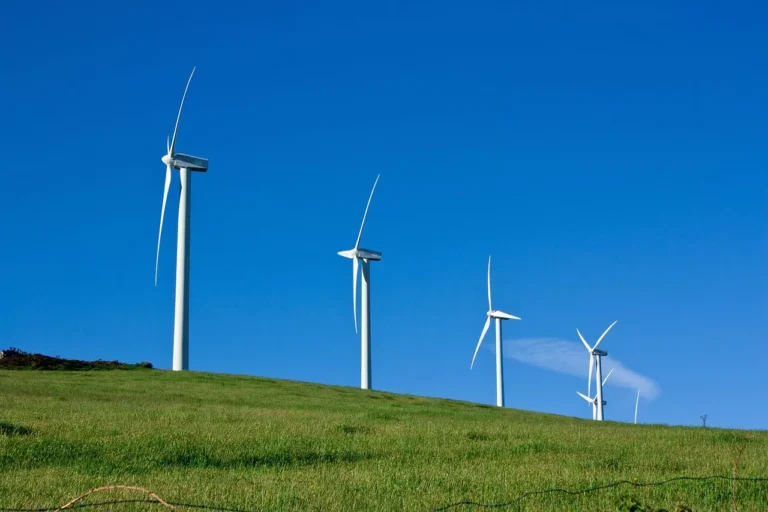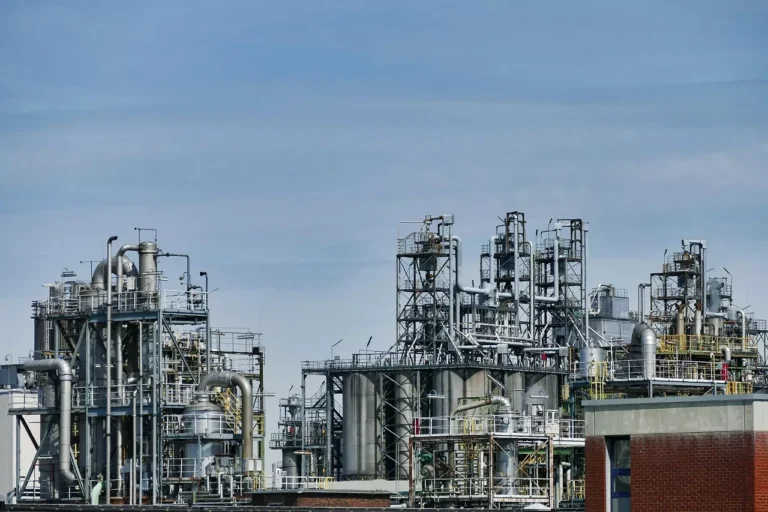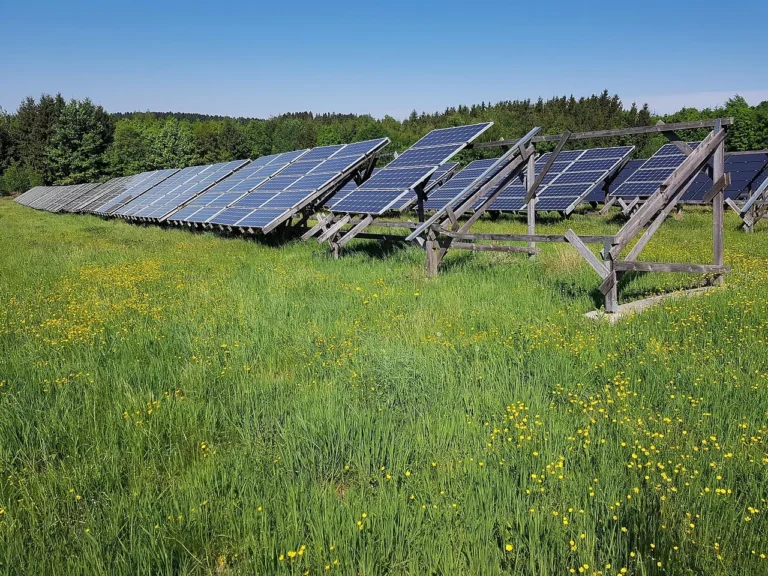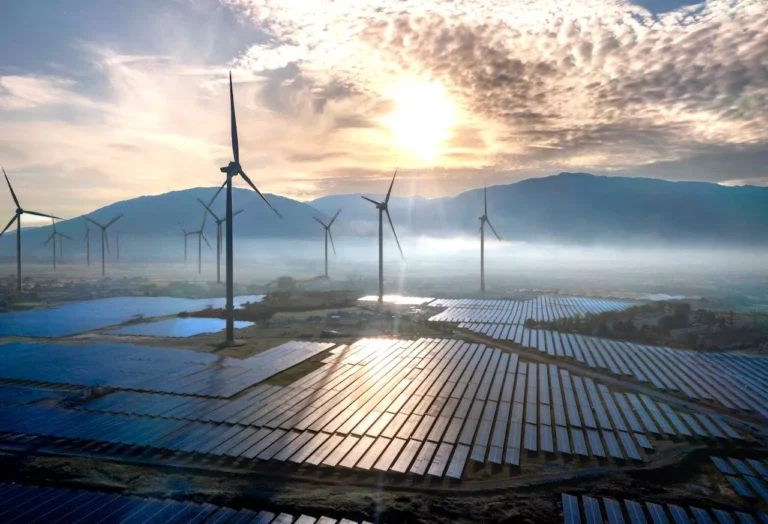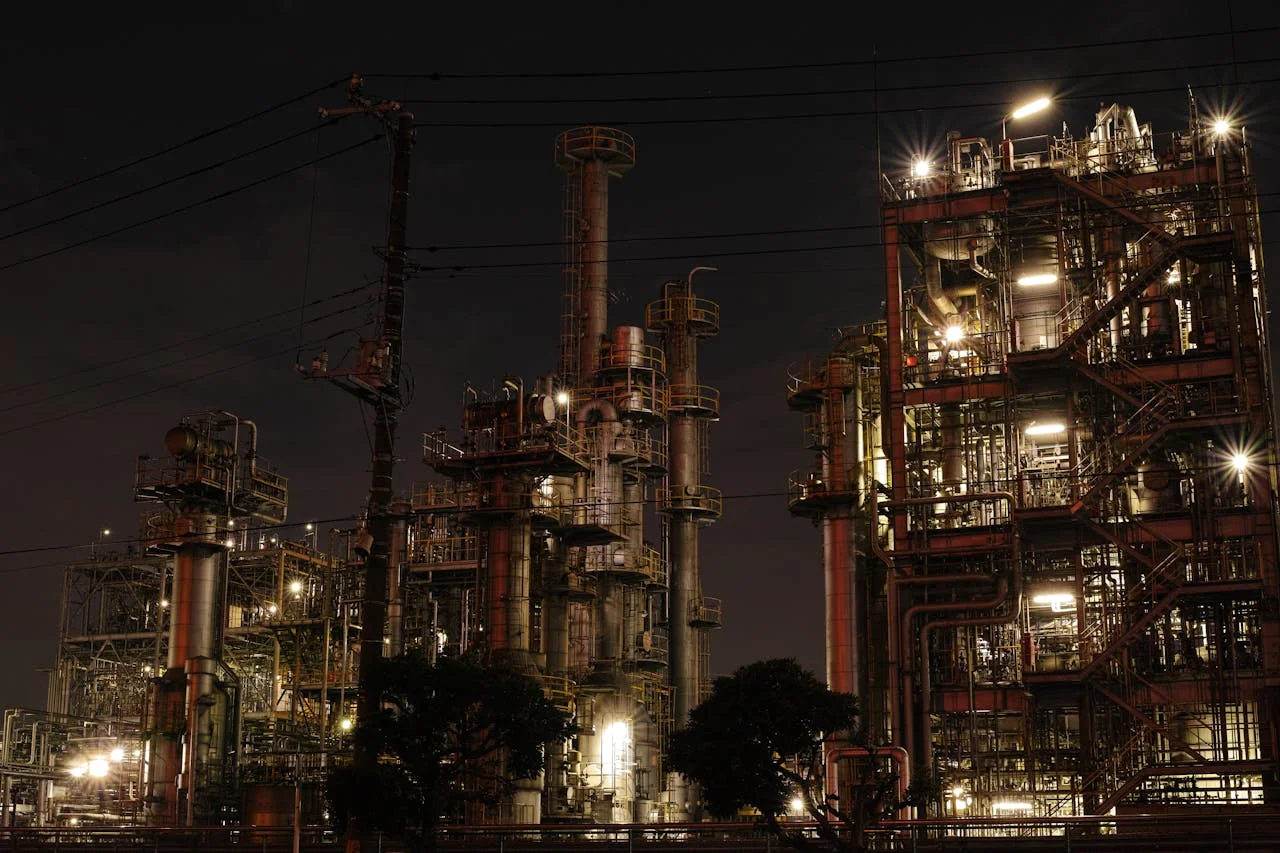
TAQA, JERA, and AlBawani Capital have signed two 25-year power purchase agreements (PPAs) with the Saudi Power Procurement Company (SPPC) to develop and operate two new combined cycle gas turbine (CCGT) power plants in Saudi Arabia, with a total capacity of over 3.6 gigawatts (GW). This marks a significant step in Saudi Arabia’s energy diversification and decarbonization strategy, aligning with the country’s Vision 2030 and the Saudi Green Initiative.
The two projects, Rumah 2 and Al Nairyah 2, each with a capacity of 1.8 GW, will use state-of-the-art CCGT turbines, known for their high efficiency and potential to integrate carbon capture technologies. These plants aim to support Saudi Arabia’s goal of achieving a 50-50 mix of renewable energy and gas technology for electricity production by 2030. The projects are also aligned with the country’s ambition to reach net-zero greenhouse gas emissions by 2060, a goal underpinned by the circular carbon economy approach.
The three companies—TAQA, JERA, and AlBawani—will jointly own the plants through special purpose entities, with TAQA holding 49%, JERA 31%, and AlBawani 20%. The operation and maintenance (O&M) of the plants will be managed by separate O&M entities, maintaining the same ownership structure. This partnership reflects the growing collaboration between global and local companies to drive Saudi Arabia’s energy transition.
TAQA, one of the largest integrated utility companies in Europe, the Middle East, and Africa, has a strong presence in the Kingdom and is committed to expanding its portfolio of low-carbon energy projects. Farid Al Awlaqi, CEO of TAQA’s Generation business, highlighted the company’s ambitious target of 150 GW of capacity by 2030, with these two projects marking a key milestone in 2024. “These two plants further enhance our position as a trusted, sustainable developer, investor, and operator in key markets,” said Al Awlaqi. “Through our partnership with JERA and AlBawani, we are supporting the Kingdom’s energy transition and contributing to its long-term sustainability.”
JERA, Japan’s largest power generation company, is equally committed to decarbonizing its thermal power generation portfolio. Steven Winn, Chief Global Strategist at JERA, emphasized that the high-efficiency CCGT turbines, part of the Rumah 2 and Al Nairyah 2 projects, are a key part of the company’s strategy to provide technologically advanced, sustainable energy systems. “These projects align perfectly with JERA’s goal to achieve net-zero emissions by 2050 and contribute to Saudi Arabia’s energy vision,” said Winn. “The success of these projects is the result of excellent teamwork between all stakeholders, including SPPC and our partners.”
AlBawani Capital, a subsidiary of AlBawani Holding, brings its local expertise to the partnership. Eng. Fakher AlShawaf, Group CEO of AlBawani Holding, emphasized the strategic importance of the projects in advancing Saudi Arabia’s energy diversification goals. “This partnership represents a transformative step for AlBawani and reinforces our commitment to sustainable energy practices,” said AlShawaf. “We are proud to contribute to the Kingdom’s growing demand for reliable, efficient energy solutions while also fostering local economic growth and expertise.”
In addition to these power plants, TAQA and JERA recently reached the financial close for a cogeneration plant in Jubail, which will produce electricity and steam for a petrochemical complex in Saudi Arabia’s Eastern Province. This project further underscores the companies’ commitment to supporting the Kingdom’s industrial and energy sectors.
The Rumah 2 and Al Nairyah 2 power plants are set to play a crucial role in enhancing Saudi Arabia’s energy security, supporting the transition to a cleaner energy future, and helping the country meet its climate goals. With the addition of these projects, the partnership between TAQA, JERA, and AlBawani strengthens their role as key contributors to Saudi Arabia’s energy infrastructure development and long-term sustainability.





